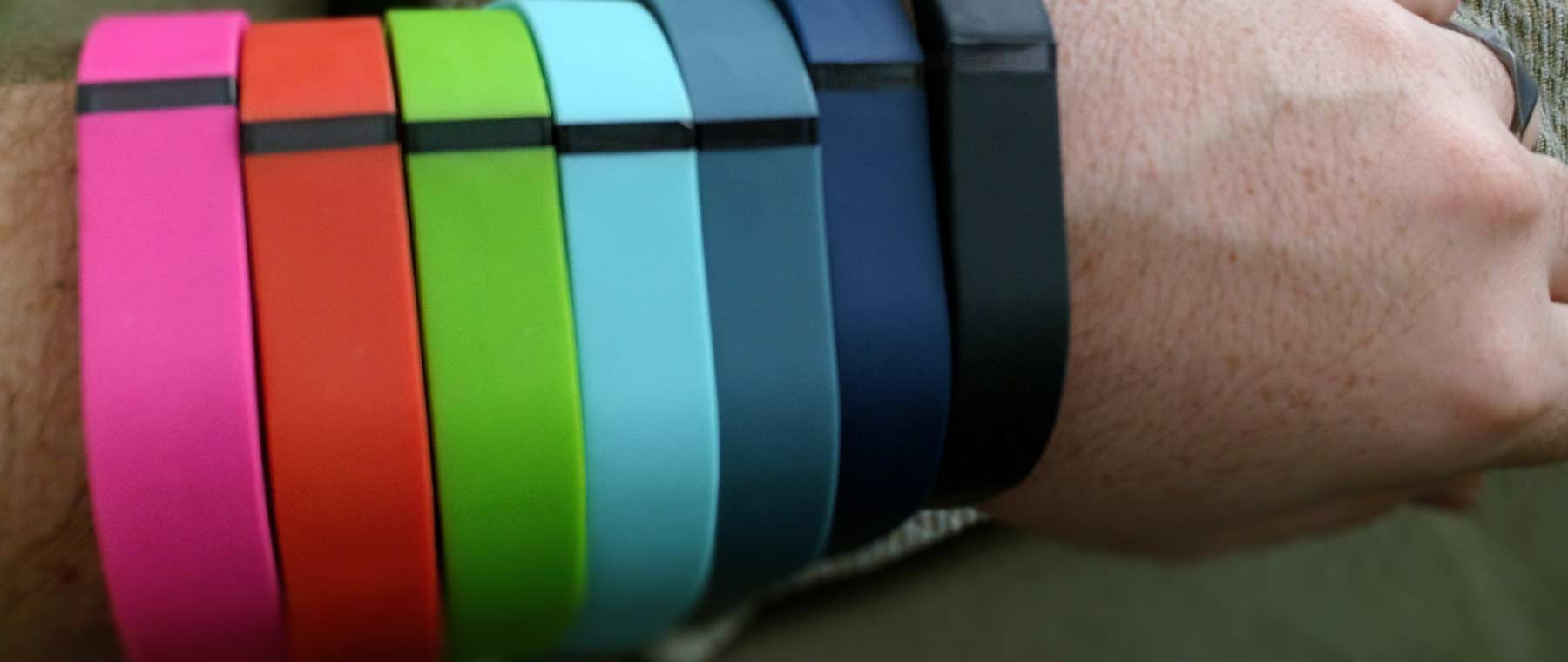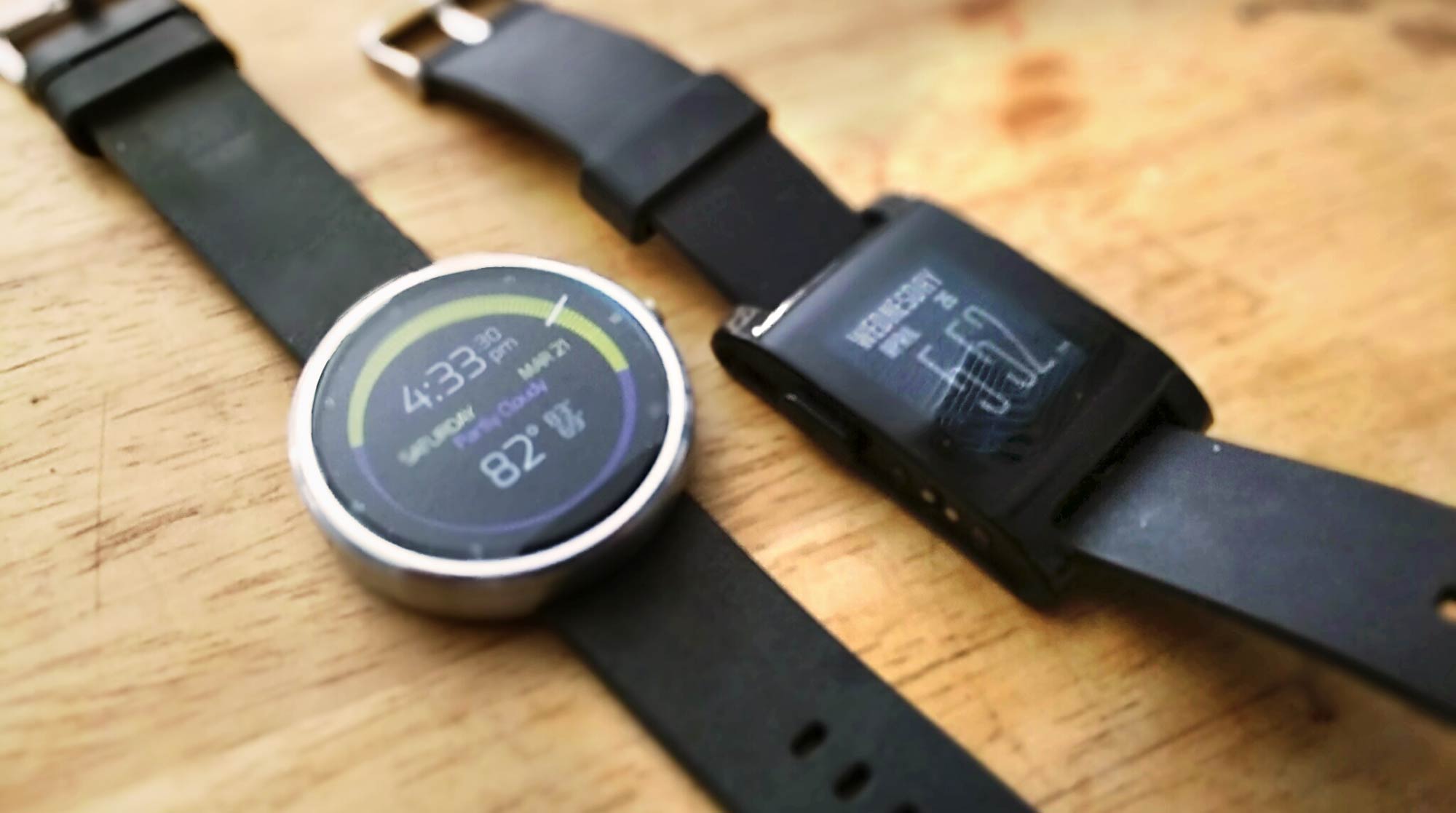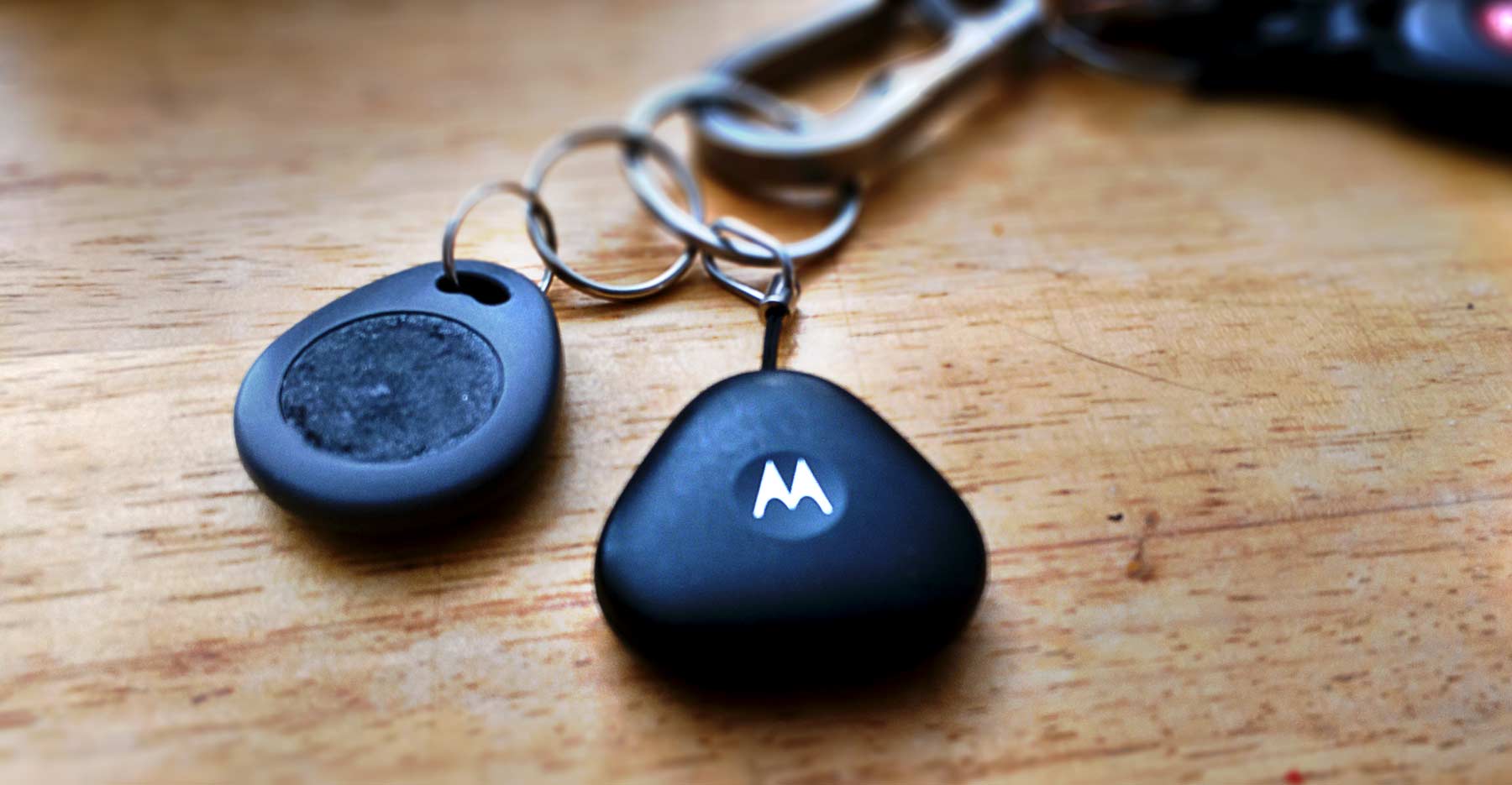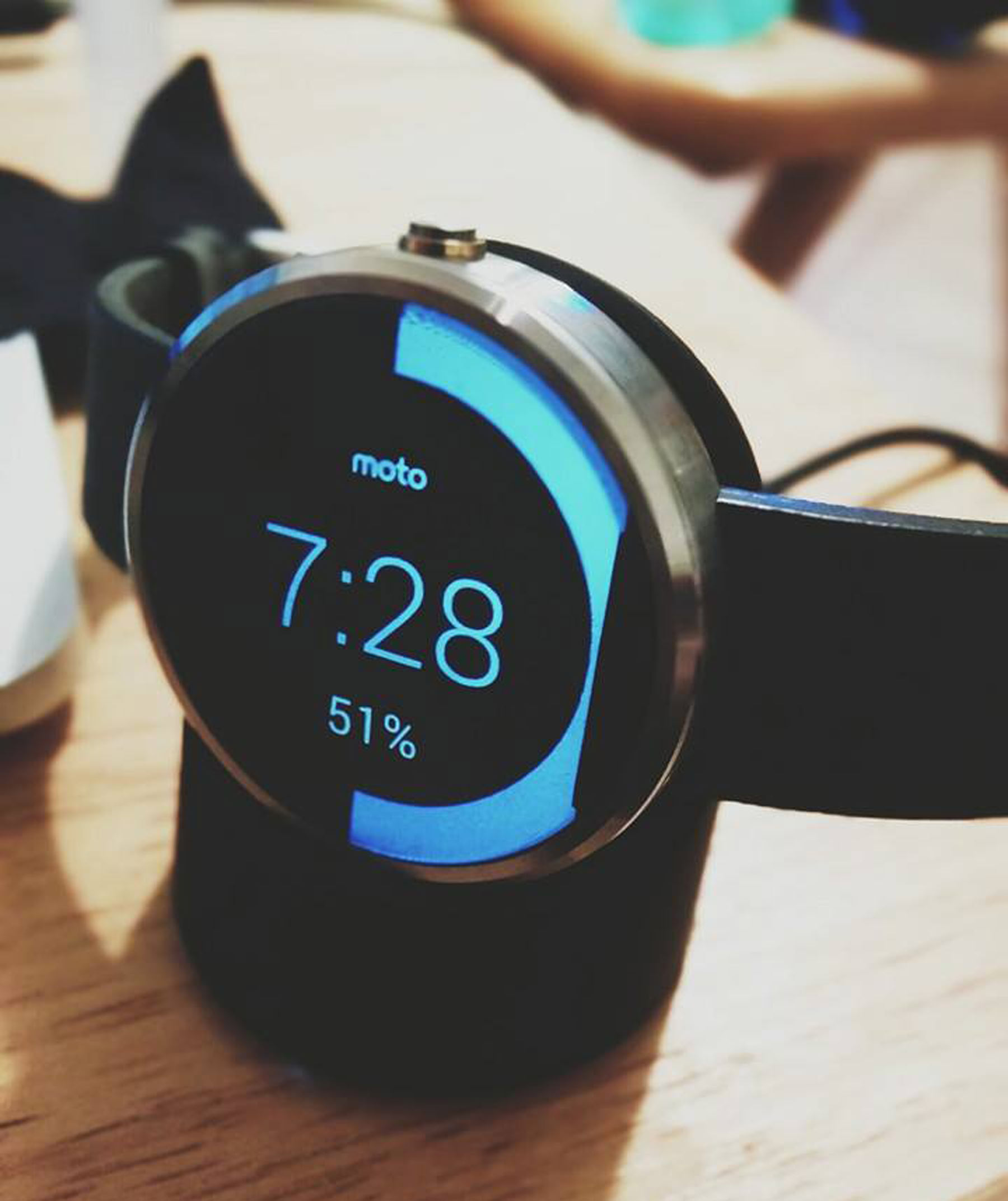Wearables have surged in popularity over the last few years with the boom of devices like fitness trackers and smart watches. They were one of the hot items during the holiday season last year. As a technophile and, more often then not, an early adopter, I’ve had a long relation with wearable tech. Spoiler alert, I’m pro-wearables and have had an overwhelmingly positive experience.
Many people are quick to call the wearable revolution a little more than a trend. I tend to disagree. I believe wearables are going to play an increasingly large role in our ever more connected lives. If you look at Google with its heavy push for Android Wear and Google Glass, Samsung and their multitude of smart watches or Apple and the Apple Watch; it’s safe to say, wearables’ popularity may level out, but they’re not going anywhere anytime soon.
What makes these devices so great is glancable information. As we become more connected, so to do our notifications ramp up. Be it texts, email, Facebook, Twitter, etc. we are inundated with constant updates. Wearables help you sift through this barrage of alerts and decide if it really is important or if it can wait and let you get back to actually doing things. They also offer a new way to interact with our phones, which to, are an ever more important part of our lives.
Activity trackers
Arguably the originators of modern wearables, activity trackers are some of the most widely used wearable tech. There are two basic varieties, your highly specialized, and often sport specific, devices that athletes have been using for years; and the more familiar, “lifestyle” trackers. The later being what most people think of. These devices track a multitude of things beyond exercises, such as sleep and eating habits with the goal of helping average people live healthier lives. I’ve already detailed how I use my FitBit Flex to do just that, and why I love it.

Personally, I find these devices extremely useful. For people into being or getting fit, they can gleam all kinds of quantifiable data from them. Those who lead a more sedentary life, can use them as a way of encouraging them to be less sedentary. As I’ve stated, I have a FitBit Flex; I literally only take it off for showers and to charge it. To me, it’s one of the best trackers for the average person. The device is minimal with no frills, but still tracks pretty much everything you’d want to know and has some pretty good battery life.
Smart watches and beyond
Activity trackers may have started the wearable trend, but smart watches, the Pebble in particular, put them on the map. Smart watches come in all shapes and sizes from Martian which is essentially a traditional watch with a small LCD screen at the bottom of the face to bangle-esque monstrosities like the Neptune Pine, Rufus Cuff and Portal that are essentially like strapping a full sizes smartphone to your wrist (that looks and operates just as bad as you would expect). Somewhere in the middle, you have your more tame (and more successful) watches, like the previously mentioned Pebble, or any of the Android Wear watches and the Apple watch when it’s finally released.

As an owner of both a Kickstarter Edition Pebble and a Limited Edition Grey Suede Moto360, as well as a backer for the new Pebble Time it’s pretty obvious how I feel about this class of smart watch. As I said in opening, the real killer feature here is glancable information.
I get a multitude of notifications from apps, incoming emails and text messages everyday. It’s super convenient to be able to just look down and see if it’s worth pulling out my phone to deal with; and in the case of my Moto360 (powered by Android Wear), I can even dismiss or execute simple actions (like deleting an email I know I won’t read) right from my wrist. My Moto360 takes this a step further and allows hands-free interaction with my phone, which is useful when driving or cycling to send a quick text or start a phone call. Further, various apps integrate with smartwatches providing a sort of HUD for the app (handy for things like Endomondo). Smart watches can also help with phone security, by allowing you to have a secure lock screen, but bypass it when you’re close to the phone (and wearing the watch). The uses are infinite and developers are finding new uses everyday. Also, if you’re at all into personalization and customization smart watches have that in spades.
Other wearables
Not all wearables are made for your wrists, they come in all shapes, sizes and uses. There are the more common, and arguably well known, products like RFID id badges, Google Glass–A product I would love to own or even little NFC keychains and clips. Then there are more… extreme… options like NFC implants, a device the size of a grain of rice that gets injected into your hand, making you hand function as a NFC tag (something I’ve managed to convince my wife to let me get when we have some disposable income). Likewise, people also implant RFID trackers into their arms, usually used in place of swiping their ID badges.

There’s got to be a catch
And you’re right. More devices mean more batteries, more things to keep track of, more things to forget in your hotel room, and more distractions from real genuine human interaction. Some wearables are always going to have a level of impracticality, keeping them used by only enthusiasts and in niche applications. Some devices, like Google Glass, also pose privacy issues due to their always on nature and how easy it is to take pictures or videos with them, literally anywhere. These devices aren’t perfect, they may never be; but they can still offer a good deal of utility and expression of self. That’s really what wearables are about, utility and self-expression; functional jewelry if you will. The question then becomes is that enough for you, and is it worth it for you? If you can answer yes to either of those, I get almost guarantee you won’t be disappointed.
